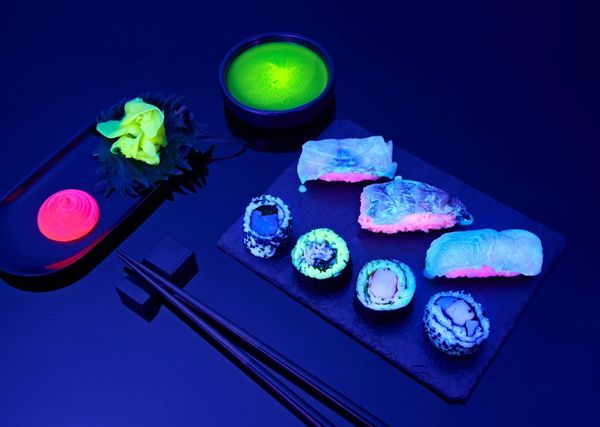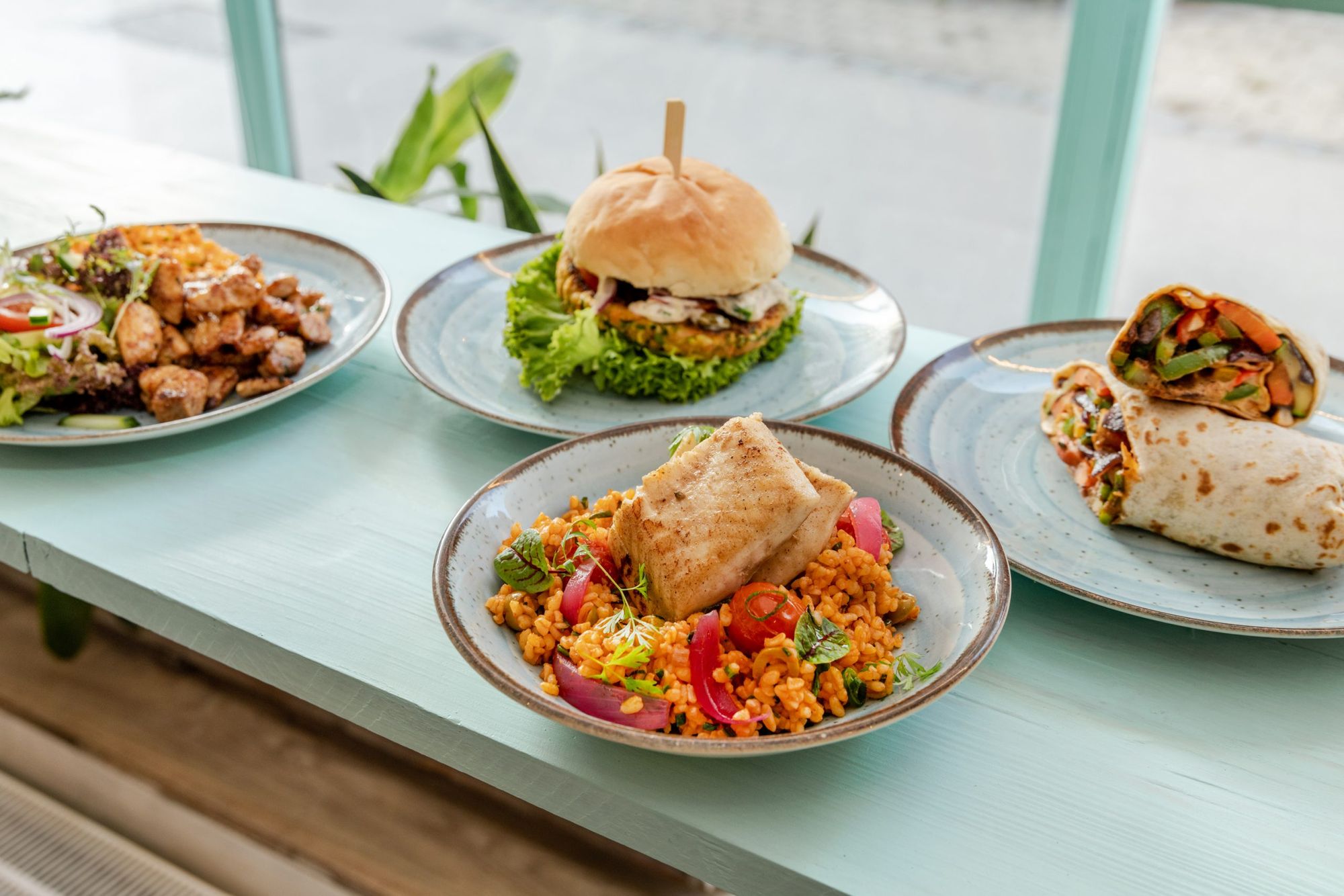Although Hungarian rivers and lakes are rich in the most diverse fish species, and there are many responsible fish farmers, Hungarian people consume notoriously little fish. There is interest in the genre, but many people are afraid of “puddle-tasting dishes,” others are unsure of what to try and how to prepare it—for them, the recently opened second Halkakas, which has a very innovative concept, could be a revolutionary help.
I used to go fishing with my dad a lot as a kid. Many mornings were filled with cold misty lake-side sunrises and maggots-flavored sandwiches (you got them on your hands no matter how you washed them). But I also have vivid memories of the caught and bought carps and crucians, that were swimming in the tub, before they would end up in lunch. Despite this, like Hungarian families in general, we didn’t eat much fish, and if we did, then only in the form of Fisherman’s soup, fried fish or industrial fish sticks in the canteen. I only tasted sea fish and seafood also as an adult, and although I like the taste, they are rarely on the weekly menu, if only because of their price. Traditional fish dishes were out of my reach, as spicy, fatty foods are not exactly my friend, so my knowledge of them was incomplete for a long time.

When I started cooking more intensively as an adult, and the shops became more plentiful, I discovered trout, catfish and gilt-head bream. A whole new but tasty world has opened up in front of me, as they are easy to prepare, have a soft taste, are healthy and are not too hard on the weak stomach. Of course, I was curious to see what else could I get out of these raw materials—that’s when I met the Halkakas and Zsuzsanna Lévai. Zsuzsi’s commitment to fish was practically sealed when she was a child, as her father is a fish breeder and knows everything about the different domestic species. She quickly grew to love the field herself but was always annoyed by the misunderstandings and undignified cooking methods that were embedded in Hungarian gastronomy. After all, why is it that only the Balaton lakeside hake is a must in summer and why does everything have to be deep-fried in tons of oil until it’s unbearably fatty?
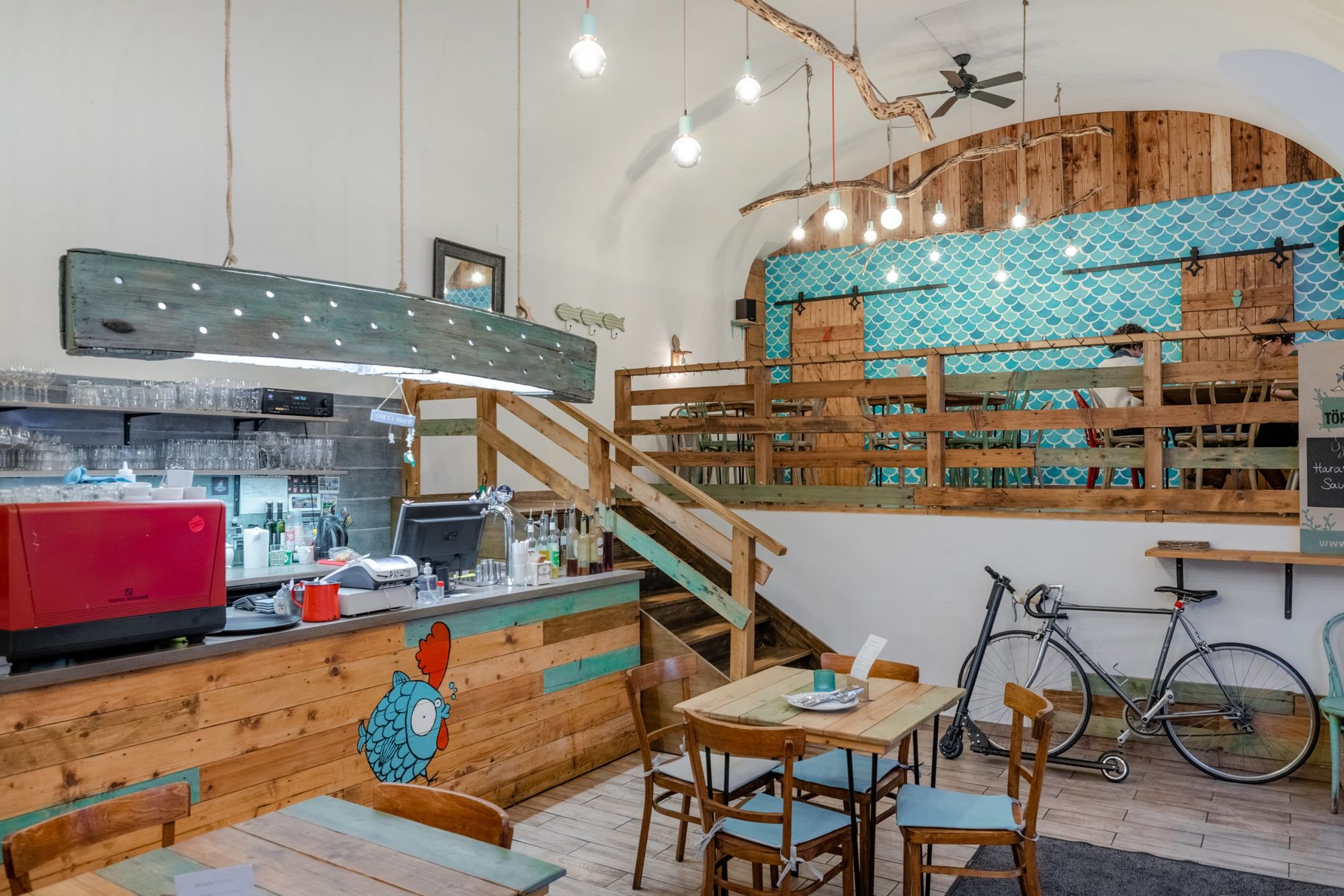
While working in the world of corporate marketing, the idea of Halkakas Fish-Bistro came to her mind, followed by a bold opening back then in Veres Pálné Street almost ten years ago. Since then, the restaurant has become a benchmark in the Hungarian culinary world. Although more and more fish restaurants are popping up (and disappearing), the quality, the variety, and the flavor’s richness are never compromised. What perhaps makes the place even more remarkable is the determination that she has never regretted: the menu is made up exclusively of Hungarian fish, in the most diverse forms, such as catfish, sander, sturgeon. For a couple of years now, they have been serving classic catfish stew with cottage cheese pasta, the iconic Fisherman’s soup (with carp dumplings or catfish fillets) and soft coconut milk creamy fish soup, grilled and roasted delicacies and of course, the favorite street food such as fish&chips, catfish gyros or fish burgers in a bigger, more spacious shop on Nagy Diófa Street.
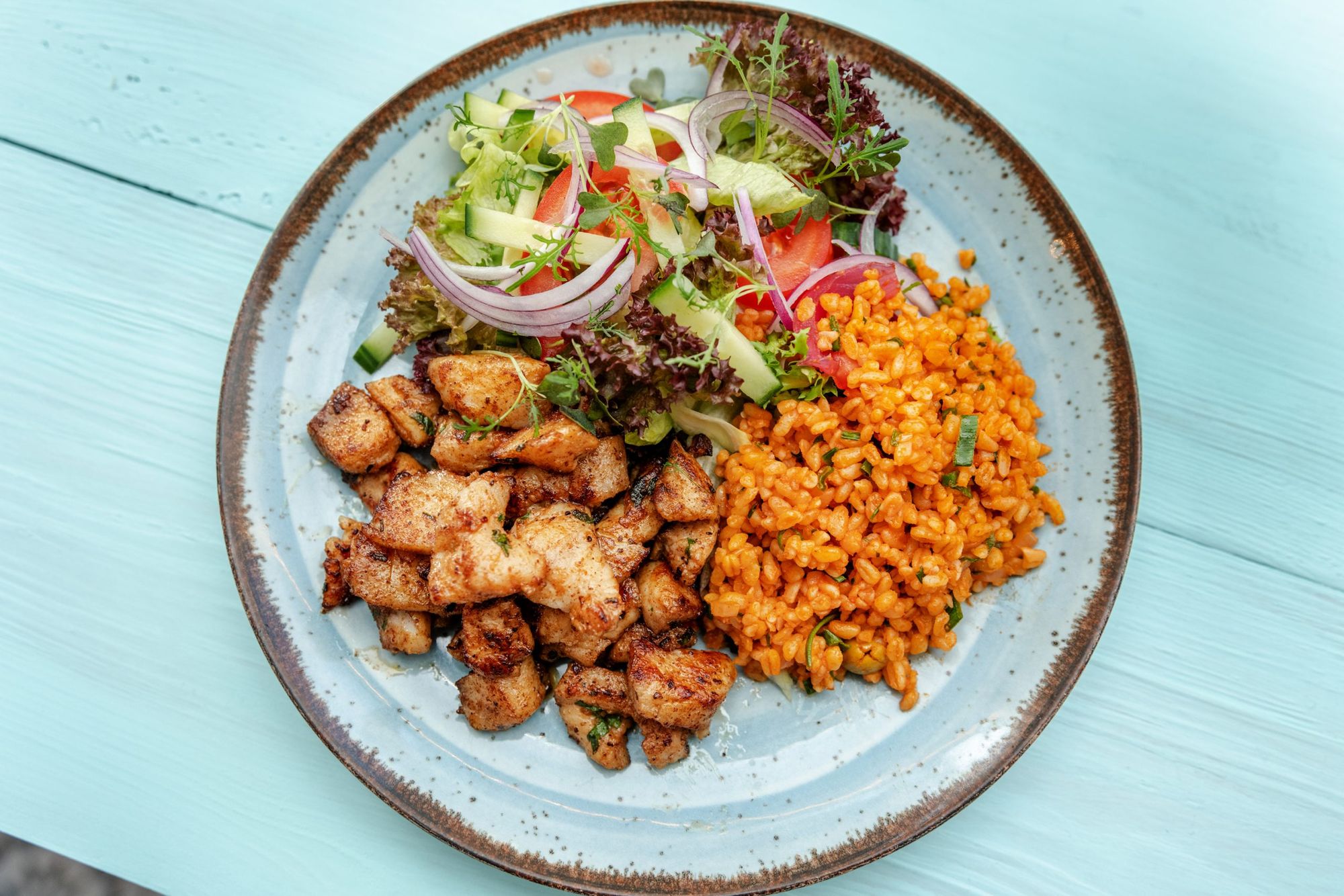
She wanted to show that fast food can be healthier and more nutritious while also being sustainable. And just as it can be a specialty in a restaurant, it can also be part of a cold dish, for example, a pâté, as part of a complex dinner. But what if someone is in the mood to make fish dishes themselves but feels unsure? It’s a question she has often faced. With the restaurant running steadily, she kept wondering what other opportunities were there for them, since she always imagined Halkakas as a kind of umbrella brand, where education and a helping hand would be offered. When she found a vacant shop in Margit körút, she felt it was time for a new beginning. Yet, she didn’t want a Halkakas 2.0, or to be more precise, not in the same way, if only because the space was smaller and had a different layout than in Pest. Thus came the idea of Halkakas Halbár & Halbolt (Fish Bar & Fish Shop)—the owner envisioned a place where raw and semi-prepared fish products would also be available in addition to light, exciting street food.
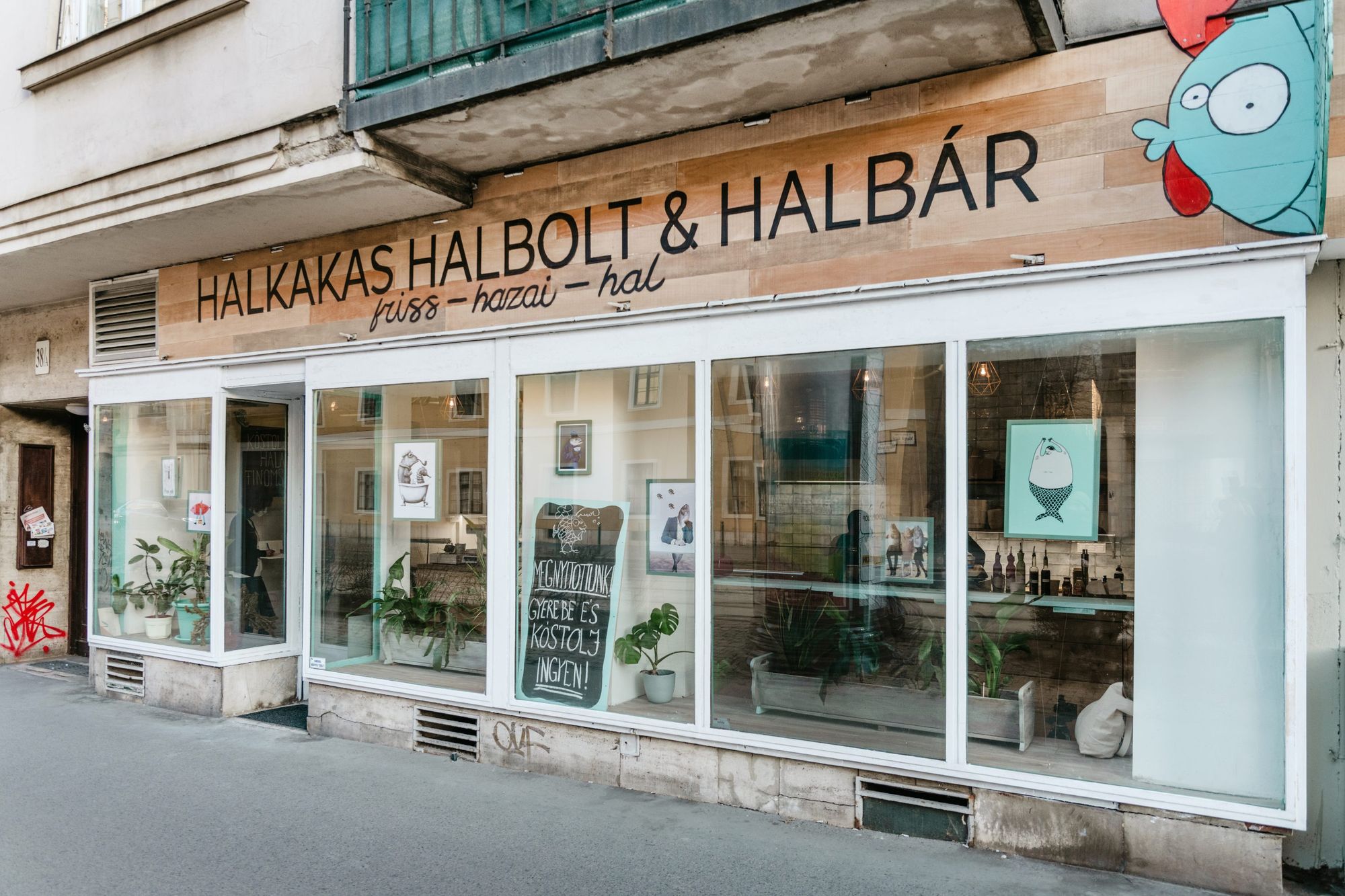
After much preparation, the new unit finally opened in mid-January, with a soft opening for now, quietly. On the counter, you will find a range of pâtés such as catfish pâté with grilled horseradish and smoked carp cream (which stays good for several days), as well as marinated fish in oil and fish sausages, and also smoked and sous-vide fish. There is not much to do with them: the former is ready to eat (they are very popular in Russian gastronomy, for example), the latter just need a frying or a baking pan. Of course, fresh fish will also arrive, always what is currently available, while stocks last. If you get hungry in the meantime, you can choose from a short but more extensive menu: plain, pear-and-blue-cheese or bacon-and-mushroom fish burgers, fish bolognese, Mexican catfish quesadillas and two kinds of tortilla rolls are available, and on the grill, catfish or sturgeon fillets, or even a whole trout, can be fried in no time. As she wanted to offer light meals, various salads, grilled vegetables, quinoa and bulgur salads are on the menu. What’s more, she also thought of vegetarian and vegan guests, who would otherwise miss out on the good stuff as part of a larger group: the vegetable pâté tortilla and the chickpea zucchini burger are just as filling as the fish dishes.
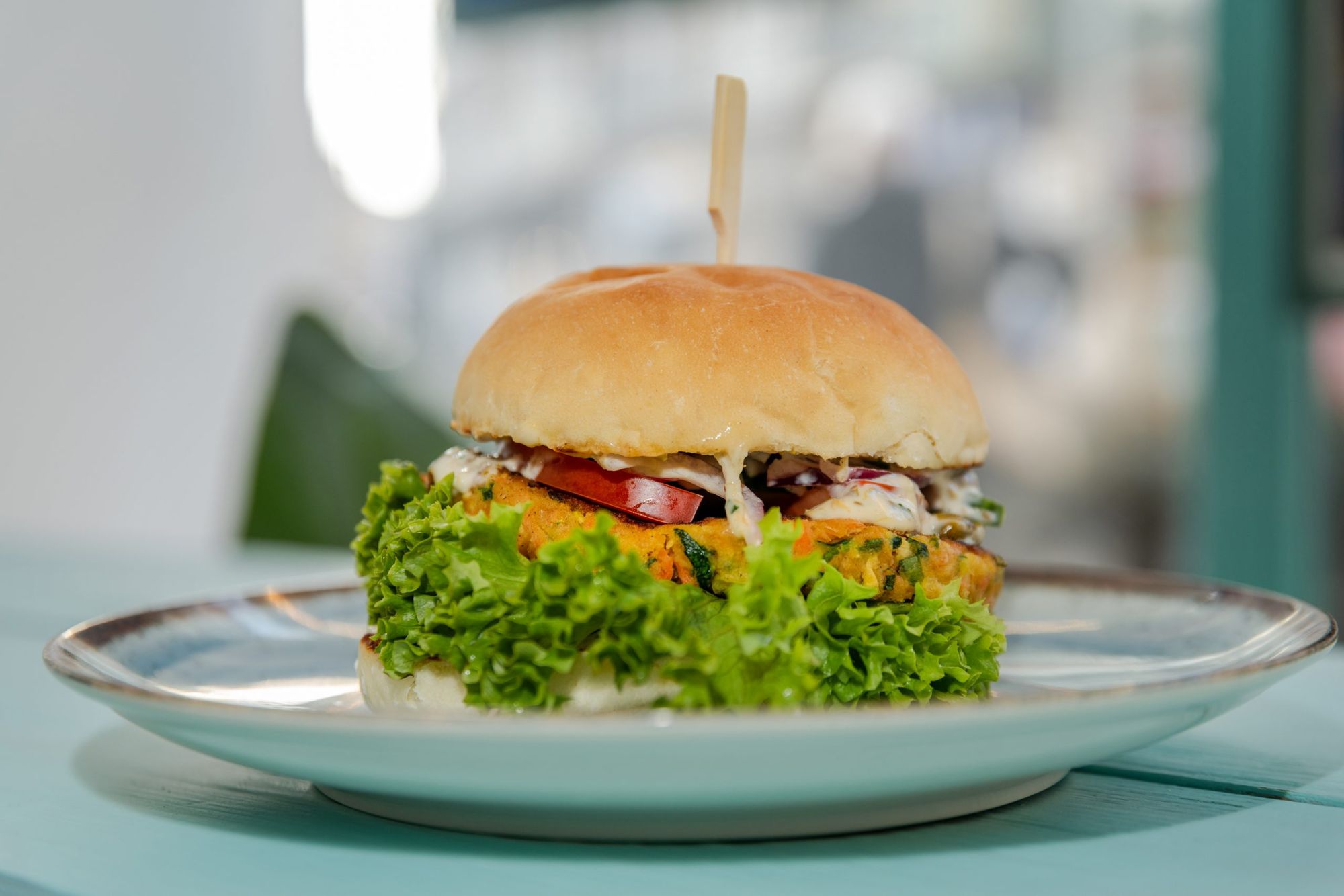
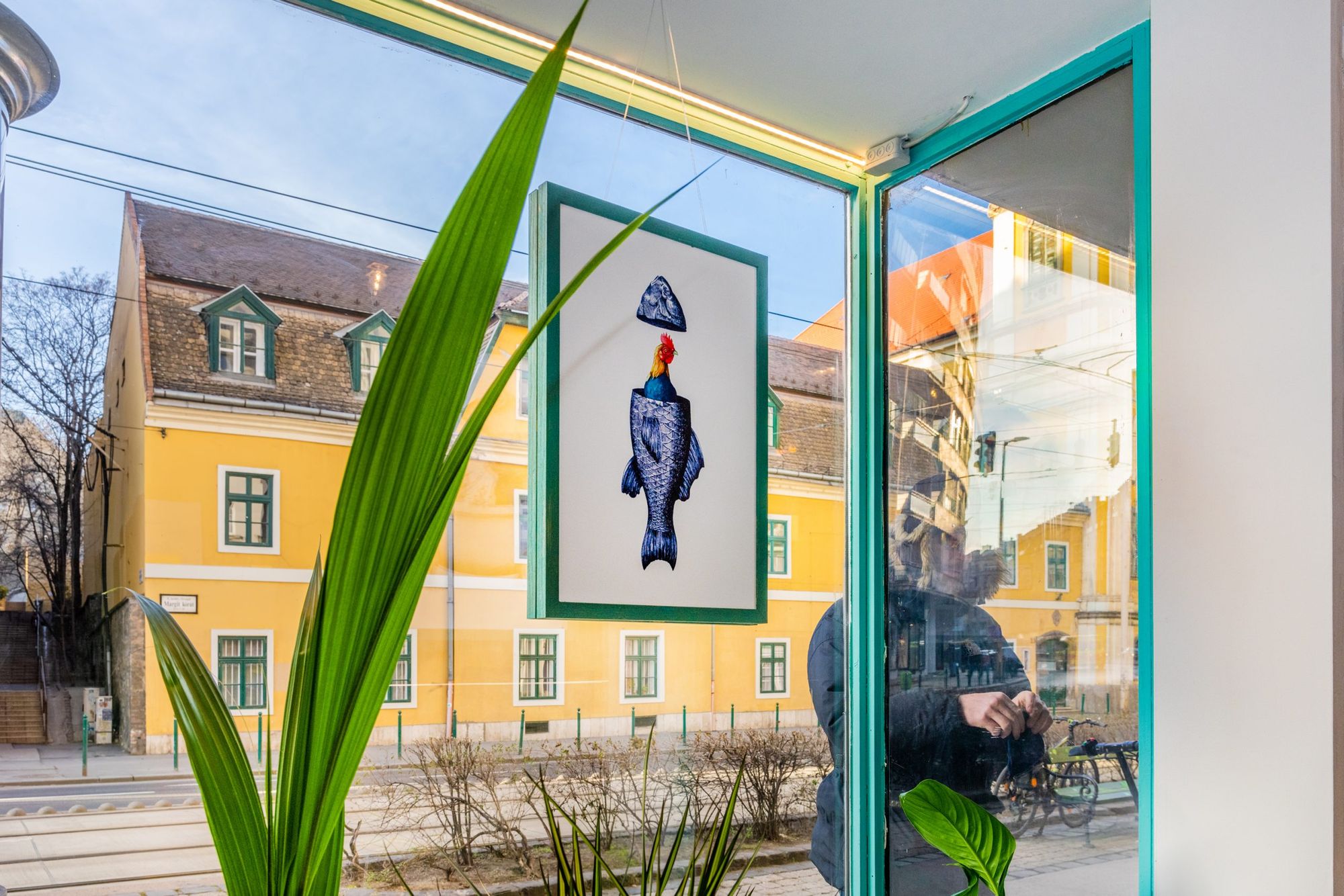
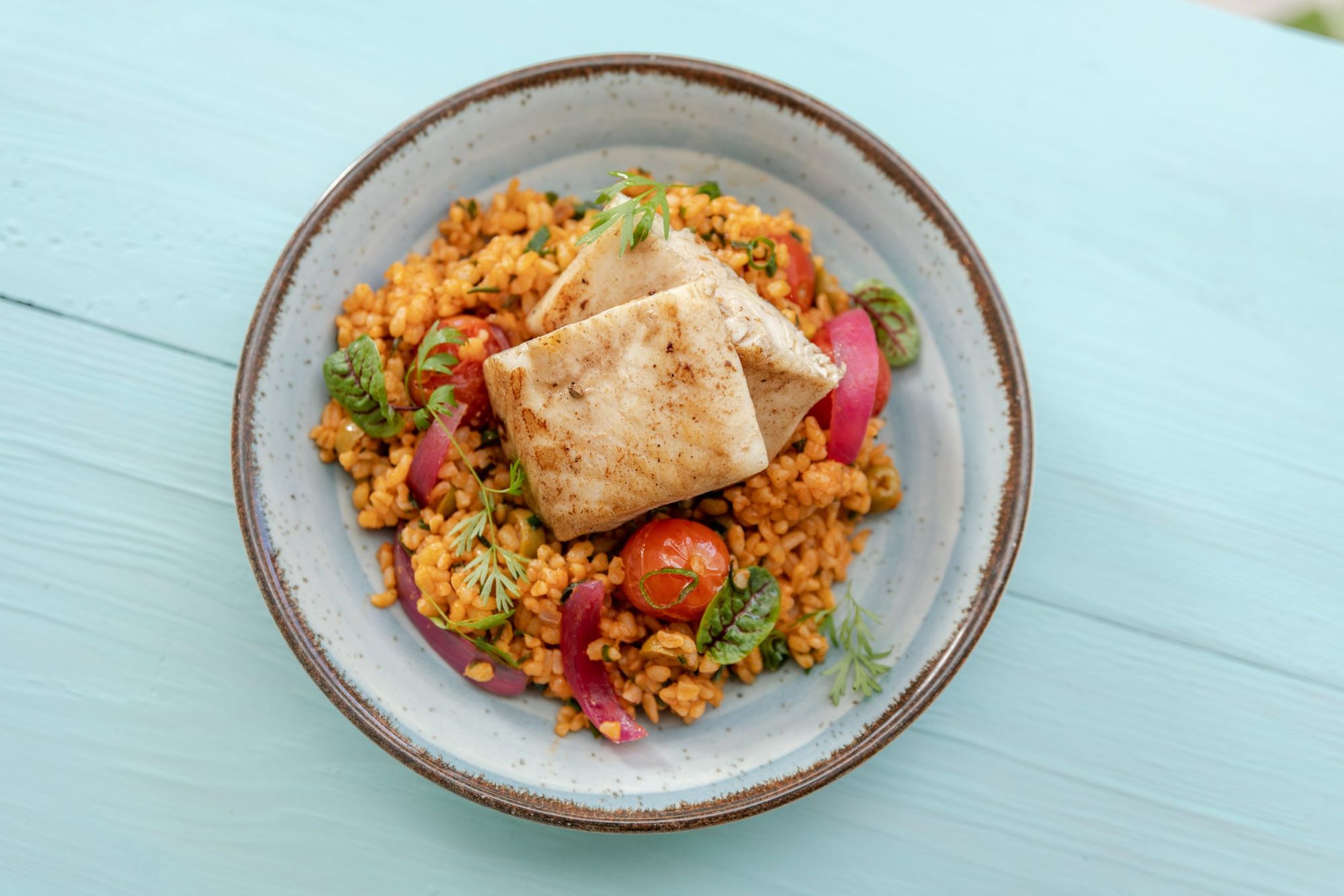


She knew that this neighborhood has quite different dynamics than the noisier, tourist-heavy bustling VII district, hence the different pace and atmosphere. By making it more homely and promoting the deli culture, she hopes to offer a new alternative for fish lovers and those (previously) averse to it. Local people are already curious, peering in and out, entering the large glass-windowed shop that has suddenly appeared. Meanwhile, Zsuzsi has many more plans—in the long term, she wants to introduce the “from lake to table” approach and mark her own products with QR codes, which will allow her to trace which fish came from which local farm. She is also thinking about collectible recipes and other formats because she wants to start a dialogue between consumers and other representatives of the gastro scene. In short, if you like fish, or thought you didn’t, give it a try here: I guarantee you’ll find a sympathetic ear and a helping hand; you won’t regret it.
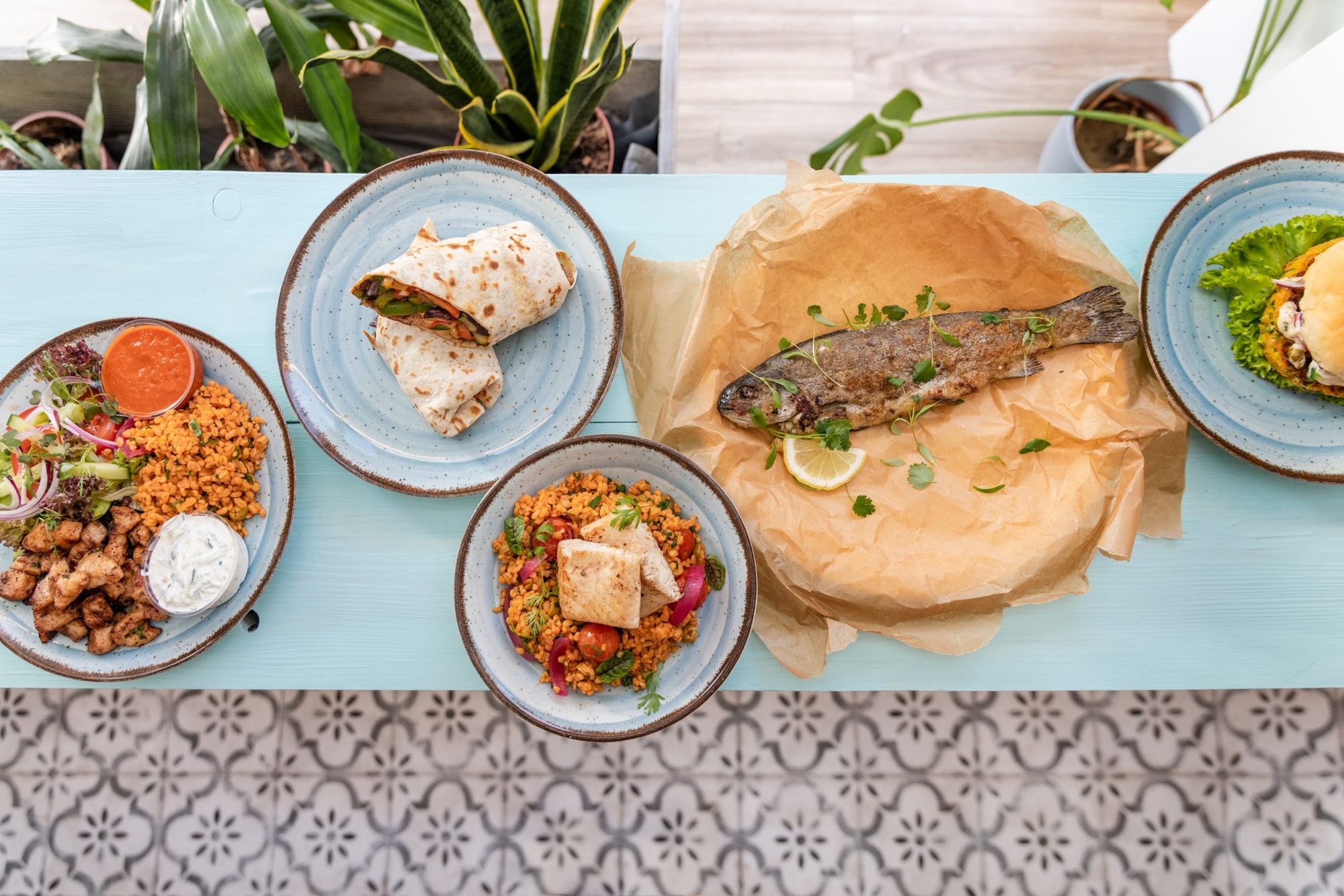
Halkakas | Web | Facebook | Instagram
Photos: Krisztina Szalay

The programmer ceramicist, who is always looking for contrasts

Modern lifestyle in a turn-of-the-century villa
